To provide the best experiences, we use technologies like cookies to store and/or access device information. Consenting to these technologies will allow us to process data such as browsing behaviour or unique IDs on this site. Not consenting or withdrawing consent, may adversely affect certain features and functions.
The technical storage or access is strictly necessary for the legitimate purpose of enabling the use of a specific service explicitly requested by the subscriber or user, or for the sole purpose of carrying out the transmission of a communication over an electronic communications network.
The technical storage or access is necessary for the legitimate purpose of storing preferences that are not requested by the subscriber or user.
The technical storage or access that is used exclusively for statistical purposes.
The technical storage or access that is used exclusively for anonymous statistical purposes. Without a subpoena, voluntary compliance on the part of your Internet Service Provider, or additional records from a third party, information stored or retrieved for this purpose alone cannot usually be used to identify you.
The technical storage or access is required to create user profiles to send advertising, or to track the user on a website or across several websites for similar marketing purposes.





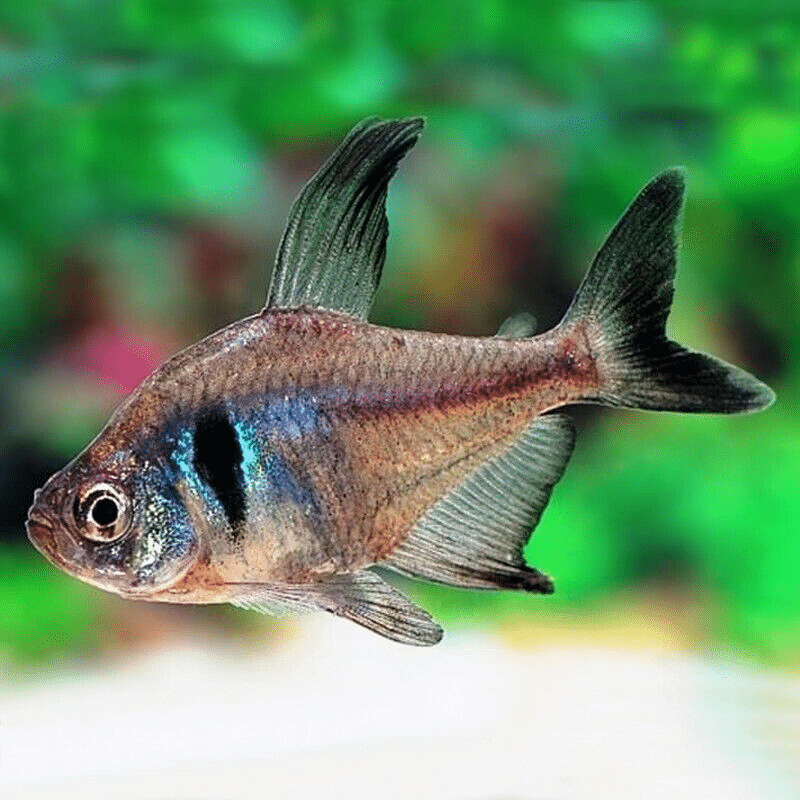
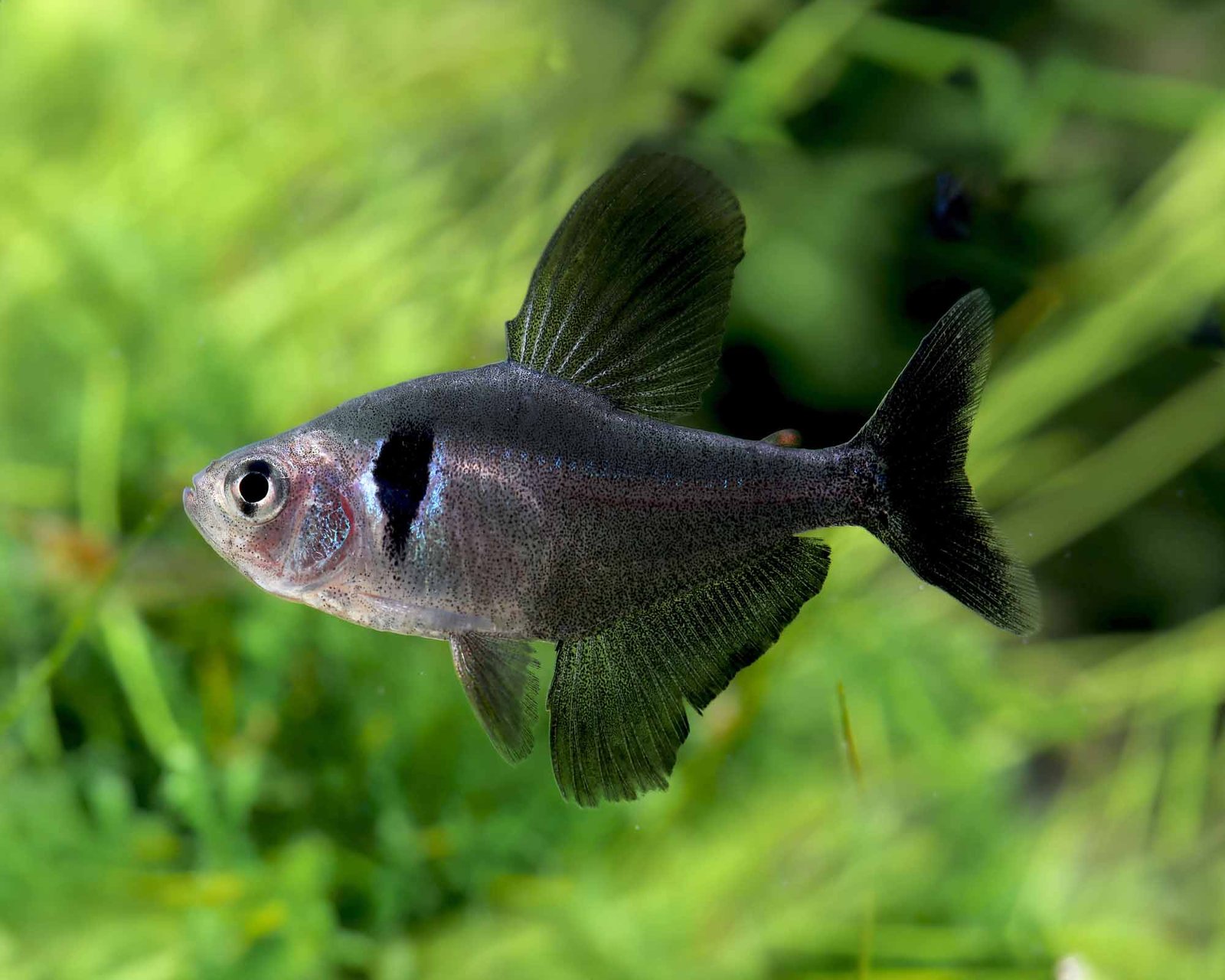

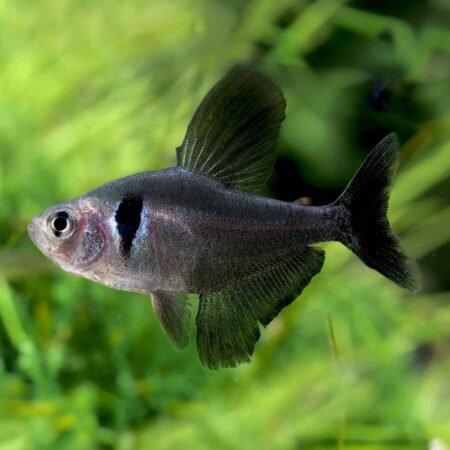
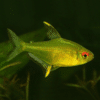
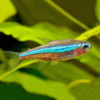








Emily Carter (verified owner) –
As a dedicated fish parent, I recently added 6 Black Phantom Tetras to my 30-gallon freshwater tank, and I can’t tell you how wonderful they have been! After just two weeks, they’ve settled in beautifully and added a vibrant mix of energy and charm to my aquarium. Their unique black and silver markings are stunning, and they school gracefully, which really brings the tank to life.
I’ve kept neon tetras in the past, but I find the Black Phantom Tetras are more active and social. They seem to thrive in my planted setup, darting in and out of vegetation, which gives them plenty of hiding spots to feel secure. I’ve noticed they are peaceful little fish, perfectly suited for a community tank alongside my other inhabitants.
One minor concern was their initial shyness; it took a couple of days before they truly started exploring the tank. However, now they’re always on the move! I highly recommend these tetras for anyone looking to add some dynamic energy to their freshwater fish collection. They’re especially great for community tanks, as they coexist harmoniously with other species. I couldn’t be happier with my purchase and will definitely get more!
Emily Robinson (verified owner) –
I recently added 6 Black Phantom Tetras to my community tank, and I couldn’t be happier with my choice! Having kept various freshwater fish for a few years, I appreciate how easy these tetras are to care for. Their striking black and white colors really pop against the green plants in my aquarium. After about two weeks, they settled in beautifully and swim around with such grace. They’re quite peaceful and get along well with my other fish, including neon tetras, which was a concern initially.
One thing to note is that they do appreciate slightly dim lighting and plenty of hiding spots, which I’ve incorporated since I want them to feel secure. They are really active, so a larger tank would definitely benefit them, but my 20-gallon is working just fine for now.
I highly recommend Black Phantom Tetras for anyone, especially beginners! They add so much charm to the aquarium and have such interesting behaviors. Just ensure you have a well-planted tank for their happiness. I’ll be buying more soon to create a small school—these guys are total gems!